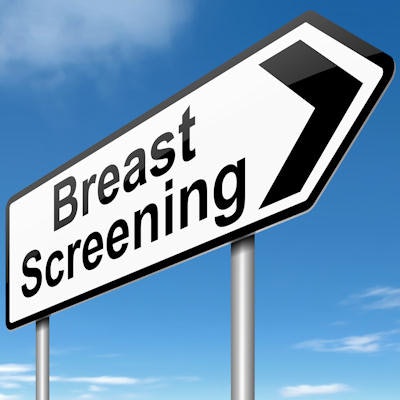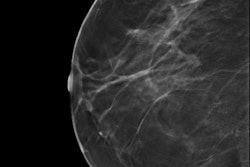
A new meta-analysis has reaffirmed the value of digital breast tomosynthesis (DBT) for breast screening, with DBT detecting more cancers with fewer recalls. But DBT's effect varied significantly between the U.S. and Europe, according to results published online August 9 in the Journal of the National Cancer Institute.
DBT improves cancer detection rates and reduces recalls compared with 2D mammography, but these effects are more pronounced in particular screening settings, wrote a team led by M. Luke Marinovich, PhD, from the University of Sydney. The cancer detection rate (CDR) with DBT was higher in studies from Europe, perhaps due to the longer intervals between screens in Europe, which meant that tomosynthesis caught more cancers.
"The higher incremental CDR attributed to tomosynthesis from the European/Scandinavian studies reflects that, given the longer time interval between screenings, there is greater gain in CDR from tomosynthesis screening," the researchers wrote.
Marinovich's group searched electronic databases between the years 2009 and 2017 for studies that compared tomosynthesis and 2D mammography in asymptomatic women who presented for breast cancer screening. The team identified 17 studies that also reported cancer detection and recall rates for the two modalities, representing 1 million participants.
Overall, tomosynthesis found more cancers than 2D mammography, but the cancer detection rate was higher in Europe than in the U.S. The European studies also tended to use DBT with 2D mammography in the experimental arm, compared with DBT alone in the U.S.
| Cancer detection rate per 1,000 screens of 2D mammography vs. DBT | ||
| Region | 2D mammography | Tomosynthesis |
| European/Scandinavian studies | 6.4 | 8.8 |
| U.S. studies | 4.5 | 5.7 |
As for the recall rate, tomosynthesis led to a reduction in the U.S. studies, but it had little effect in the European/Scandinavian trials.
| Recall rate of 2D mammography vs. DBT | ||
| Region | 2D mammography | Tomosynthesis |
| European/Scandinavian studies | 3.5% | 4.1% |
| U.S. studies | 11.3% | 8% |
The findings suggest that tomosynthesis screening best reduces recall in settings where standard 2D mammography recall rates are relatively high -- as in the U.S. It has a limited effect on recall in screening programs with relatively low recall rates, as in Europe, Marinovich and colleagues wrote.
Although DBT shows clear clinical benefits, more research is needed, according to the investigators.
"Our meta-analysis provides up-to-date pooled estimates of effect for breast cancer screening using tomosynthesis compared with 2D mammography to inform screening research and practice. ... New research in tomosynthesis screening should focus on evaluating both the sustained effect (of repeat screening with tomosynthesis) and the intermediate to long-term outcomes," the group wrote.



















